Technicolor is to launch a high-end post production 2D to 3D conversion unit for feature film and television productions sited in London, LA and India.
“We have multiple locations where we will produce conversion,” explains Pierre Routhier [pictured], Technicolor’s Vice President for 3D product strategy and business development. “MPC will handle new releases because they have the depth of management and infrastructure to manage the creative and iterative changes when a director wishes to change a shot or character.
“We are also building conversion units in Los Angles and Bangalore for catalogue projects. With these titles, since the movie is made and the shots are not going to change, it enables us to have a more cost-effective process.”
All final converted material will be passed through Technicolor’s 3D certification programme, Certifi3D. As part of the service, Technicolor evaluates each shot against a set of objective criteria for stereographic reproduction, including a 15-point quality checklist to identify common errors in production that result in suboptimal 3D content.
“Clients want to know what the conversion facility has done to the content and we’re going to use our software to perform in-depth analysis on it,” explains Routhier. “We can inform clients to what degree the conversion has been done. For example; whether the facility has done detailed modeling of the whole scene or whether they just modelled the foreground object and put everything else as a 2D layer in depth.”
The quality of conversion is incredibly variable based on time, budget and the understanding of those making the 3D decisions,” adds Routhier. “We also have to look at the immersive potential of the project since converting some movies can be bottomless money pits for a studio. Even if you spend millions of dollars on conversion some projects are not going to make a great experience – it’s best for the filmmaker to analyse if the content is fit for conversion first and we actively work with them in that process.”



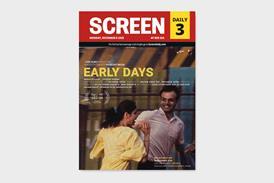



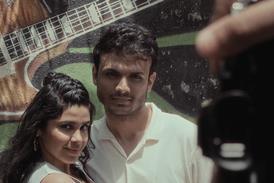





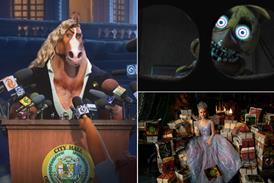
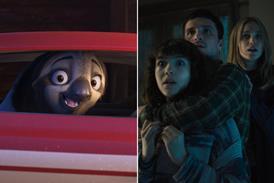

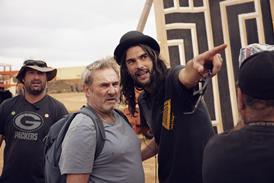







No comments yet